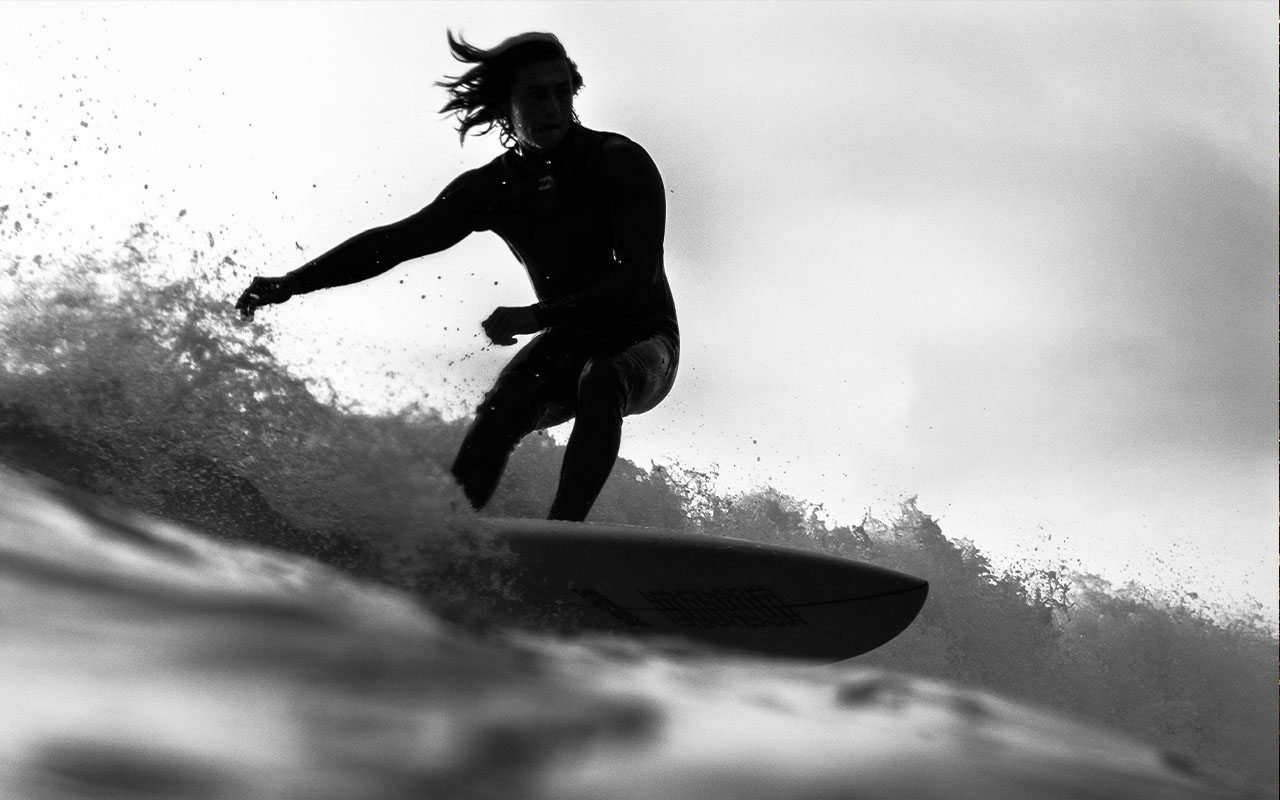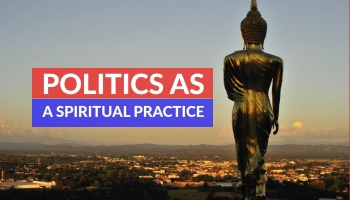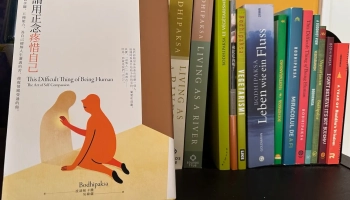
[ad_1]

Should you make lots of effort in your meditation practice?
Or is that counterproductive in a practice that’s really all about letting go?
It’s a great question.
And the answer isn’t so obvious. But if you’re serious about making progress on the path of meditation, it’s a question you can’t ignore.
Why?
Because you need both. Sometimes we need to make ALOT of effort. At other times, we need to ease on back…way back.
So how do you know when to make effort or to ease up? And what kind of effort are we talking about anyways?
Let me start by telling you a story based on the experience of a seeker I once knew.
The Seeker’s Story
Once there was a young man. He did tons of meditation retreats. He studied with lots of teachers. He was on a one-pointed mission to get enlightened.
He spent hours and hours practicing in the hallowed halls of Vipassana centers doing 10-day silent retreat after 10-day silent retreat. He visited with many so-called enlightened masters.
After several years of one-pointed dedication, he was feeling a little worn out. All the energy and effort he was making didn’t seem to be moving him closer to his goal.
Then one day, an old friend called him and said, “Hey, come meet me at this place in India, there’s a really amazing teacher. I think she’s the real thing.”
So the young man met his friend and soon found himself at the feet of the teacher. And he asked the venerable Ma, “What kind of effort do I need to make to be free?”
The wizened woman said quietly, “You don’t have to make any effort to be free.”
At that moment, something gave way, and the young man found what he’d been searching for.
In truth, all his seeking and effort had become an obstacle to his own realization.
Yes, it had brought him to the feet of the teacher. And yes, all that sustained work had no doubt accumulated and ripened.
But it was clear that making more effort was not the answer.
The Coarse Mind & The Subtle Mind
Now, I’m not saying that you and I don’t need to make an effort to follow our meditation instructions. But I am saying that how you frame those instructions and how you hold them in your body and mind is everything.
I once studied with a teacher of Tibetan Buddhism and Mahamudra. During the initial steps in the meditation practice, we had to make great effort.
“Increase the intensity” he would say, referring to the focus on our meditation object, the breath. “Keep making effort until you can stay on the breath without getting distracted.”
This was called Close Staying.
And the goal was to use that increased intensity to focus our attention on the breath without losing concentration.
But then, at a certain point, when your attention was reliably close to the breath and staying for like 80-100% of the time, he would say, “Ease up!”
That’s right.
Like going through the looking glass, the instructions turned 180 degrees, and he gave the opposite injunction.
At this moment in the practice, forward progress was achieved through less effort.
Our teacher described it this way. In the beginning, our attention is coarse or gross. So we need to apply more effort.
But then, through careful and sustained focus on our meditation object, our attention becomes very subtle. And when that happens, more effort is counterproductive.
In fact, at this stage in the practice, more effort is detrimental. Less effort, a feather light touch, easing up, and relaxing. That’s what propels you forward.
Amazing…
Meditation Is Not Something You Can Do
I love this quote from another Tibetan Buddhist teacher. I think it speaks to this line we’re exploring between effort and no effort. He says:
There is a revealing Tibetan saying: “Gompa ma yin, kompa yin,” which means literally: “Meditation is not; getting used to is.”
It means that meditation is nothing other than getting used to the practice of meditation. As it is said: “Meditation is not striving, but naturally becoming assimilated into it.” As you continue to practice the method, then meditation slowly arises. Meditation is not something that you can “do”; it is something that has to happen spontaneously, only when you have perfected the practice.”
There is a point in meditation, and you may know this from your own experience, when the meditation just starts happening on its own.
At that point, it’s automatic and self-arising.
In fact, no effort at all is exactly what’s required. Our job in those moments is to simply rest in that perfect middle place. Not too tight, not too loose. We just need to get out of the way and let it flow.
[ad_2]
Source link






